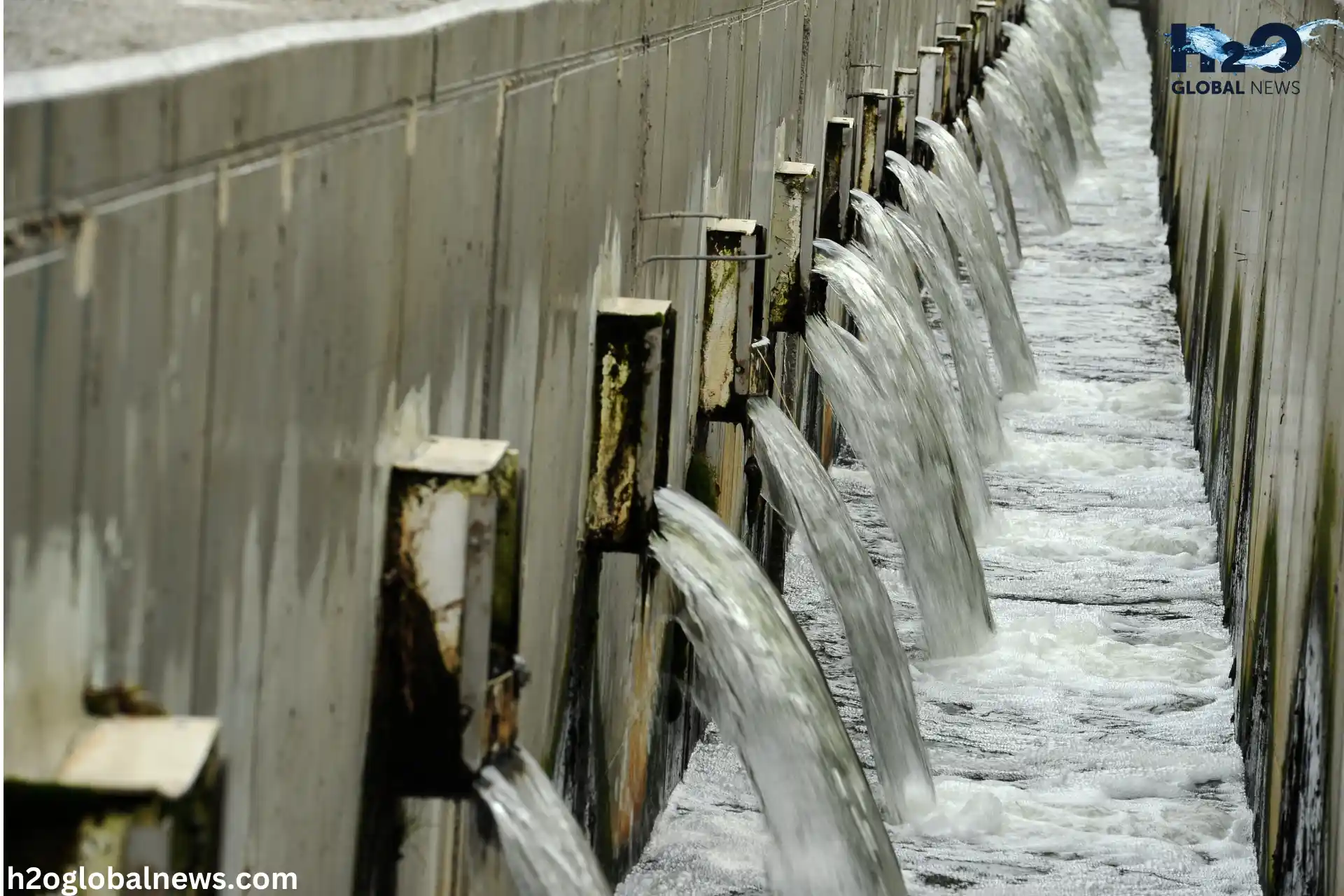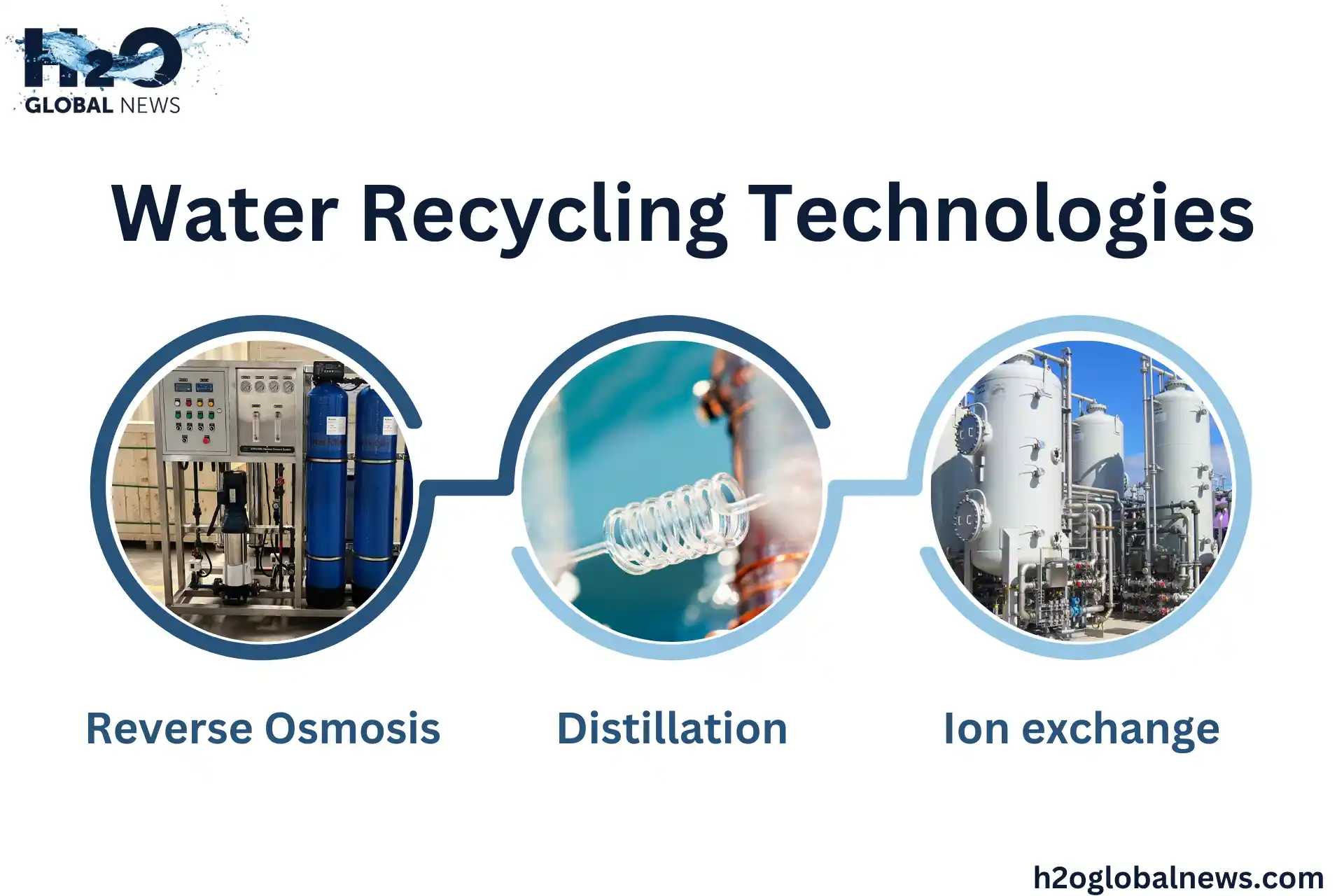Across the world, water supplies are under stress. Droughts are becoming more common, groundwater levels are falling, and many communities still don’t have access to safe and reliable water. While the problem is global, one solution stands out for its potential to make a difference everywhere: water recycling.
But for this powerful solution to work, we need to understand the challenges it faces and how to overcome them.
What Is Water Recycling?
Water recycling, sometimes referred to as water reclamation, involves collecting wastewater from homes, businesses, and industries, treating it to remove harmful contaminants, and reusing it for purposes such as agriculture, manufacturing, landscape irrigation, and in some cases, even drinking.
This process plays a key role in the circular water economy, where every drop is reused as many times as possible before returning to nature. Instead of relying solely on rivers, lakes, and underground aquifers, we can restore water through smart, science-backed systems that reduce waste and maximise efficiency.
Why We Need Water Recycling
According to the NHI, around 4 billion people experience severe water shortages at least one month each year. With population growth, urban development, and climate disruptions accelerating, the pressure on freshwater supplies is reaching a critical point.
Some of the fundamental problems include:
- Population growth and increasing demand. The world’s population is expanding rapidly, and the demand for freshwater rises as it does. Agricultural irrigation and industrial use also amplify water consumption. Less than 1% of the Earth’s water is accessible and suitable for human use.
- Pollution and wastage. Much of the world’s freshwater is polluted by human and industrial waste, making it unsuitable for consumption or use. Excessive water usage and inefficient practices also lead to vast volumes of waste.
- Uneven distribution. Freshwater resources are not evenly distributed worldwide. Some regions have an abundance of water, while others face perpetual shortages. The lack of infrastructure to transport and share water exacerbates this problem.
Understanding the Water Recycling Process
A complete water recycling system typically involves several stages of treatment to ensure the recycled water meets the intended quality standards:
1. Primary Treatment
Solids and large debris are removed through physical filtration and sedimentation.
2. Secondary Treatment
Biological processes break down organic matter using microorganisms that digest pollutants.
3. Tertiary Treatment
Advanced filtration, including membrane technology and chemical treatments, removes remaining nutrients, pathogens, and micro-contaminants.
4. Advanced Treatment (if required)
For drinking-level quality, further purification methods like reverse osmosis, UV disinfection, and activated carbon filtration may be used to eliminate heavy metals, pharmaceuticals, and other trace toxins.
With the appropriate combination of primary, secondary, tertiary, and advanced treatments, wastewater can be purified to meet stringent standards for safe discharge or reuse. We can capture and recycle more wastewater by improving treatment technologies and demonstrating political will to overcome water scarcity worldwide.
Leading Water Recycling Technologies
Several technologies are used for water recycling and reuse. The most common options are:
Reverse Osmosis
Reverse Osmosis (RO) uses a semi-permeable membrane to remove ions, molecules, and larger particles from drinking water. RO can remove many contaminants from water but is expensive and requires significant energy.
Microfiltration uses membranes with tiny pores to filter out contaminants like bacteria, protozoa, and some viruses. It does not require high RO pressures, so it tends to be more energy-efficient and cost-effective.
Ultraviolet (UV) light disinfection uses UV light to inactivate pathogens like bacteria, viruses, and protozoa in water. It is very effective and environmentally friendly, but it may require pre-filtration to remove particles that can block the UV light.
Distillation
Distillation water purification involves boiling the water and then condensing the resulting steam. This process leaves behind contaminants and minerals, yielding very pure water. However, distillation requires significant amounts of energy and can be expensive. The process also removes beneficial minerals from the water.
Ion exchange
People use ion exchange resins to remove heavy metals and some organic contaminants from water. However, they must periodically regenerate or replace the resins, which can generate waste. Ion exchange water softeners may also not remove all types of contaminants.
Choosing a suitable water recycling technology depends on the wastewater’s quality and the recycled water’s intended use of recycled water. Treating wastewater for certain uses, such as potable water, may require combining different technologies. With increasing water scarcity, water recycling is a sustainable approach that makes the most of this limited resource.
Benefits of Water Recycling
Water recycling doesn’t just conserve resources, it creates a ripple effect of environmental and economic benefits that support long-term water crisis management:
- Protects freshwater ecosystems by reducing the need to extract water from lakes, rivers, and aquifers.
- Supports agriculture with reliable irrigation water, even in times of drought.
- Reduces wastewater pollution, protecting marine life and human health.
- Lowers infrastructure costs over time by reducing demand on desalination and water imports.
- Strengthens resilience by providing communities with local, drought-resistant water supply options.
Conclusion
Recycling water provides a way to address the water crisis, but it needs everyone’s support to be successful. Policymakers must acknowledge the significance of water-saving technologies and endeavor to develop laws that encourage water recycling. Public education, however, is crucial to changing attitudes and fostering confidence in recycled water.
As part of a clean water push, we must promote innovation, make infrastructural investments, and investigate decentralized and closed-loop technologies that enable water recycling in various geographical areas. By adopting a circular water economy and increasing recycling initiatives worldwide, we can contribute to restoring water supply and enhancing resilience against the growing threats of climate change and population increase.
FAQs
How does climate change affect the importance of water recycling?
Climate change increases the need for water recycling by intensifying water scarcity, disrupting rainfall patterns, and causing extreme weather. Recycled water provides a reliable source to counter droughts, saltwater intrusion, and agricultural challenges. It also reduces reliance on energy-intensive water solutions, helping mitigate climate change while ensuring a sustainable water supply.
Are there examples of successful water recycling programs globally?
Yes, successful examples include Singapore’s NEWater program, California’s Orange County Groundwater Replenishment System, and Australia’s Perth Groundwater Replenishment Scheme.
How does water recycling contribute to environmental conservation?
Water recycling reduces the demand for freshwater extraction, minimizes wastewater discharge into rivers and oceans, and helps maintain ecosystems by preserving water bodies.
Can recycled water be used for drinking?
Yes—with advanced treatment methods like reverse osmosis and UV disinfection, recycled water can meet or exceed drinking water standards. Programs in Singapore, California, and Australia are already proving its safety and success.










